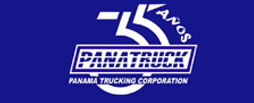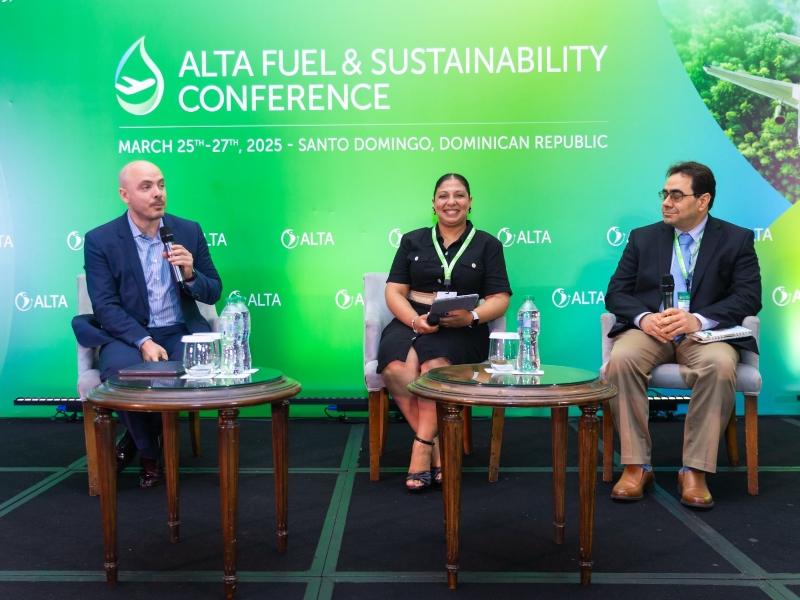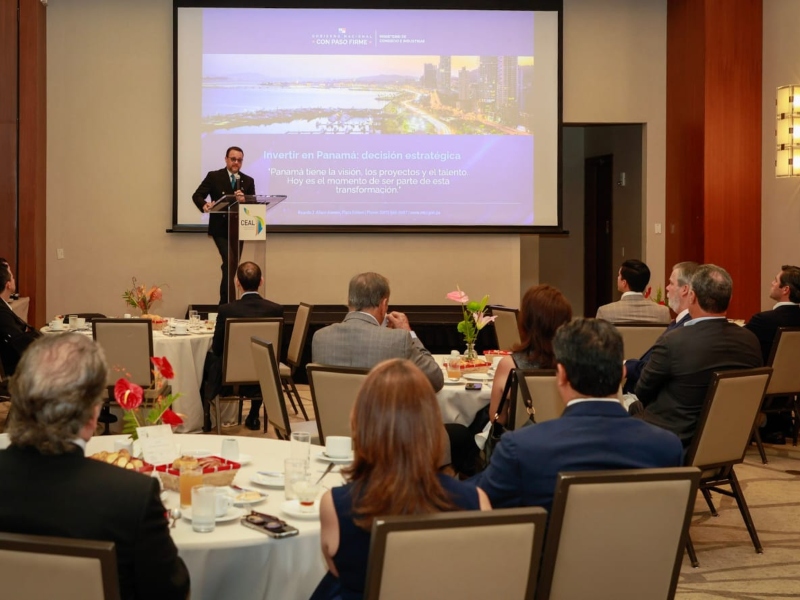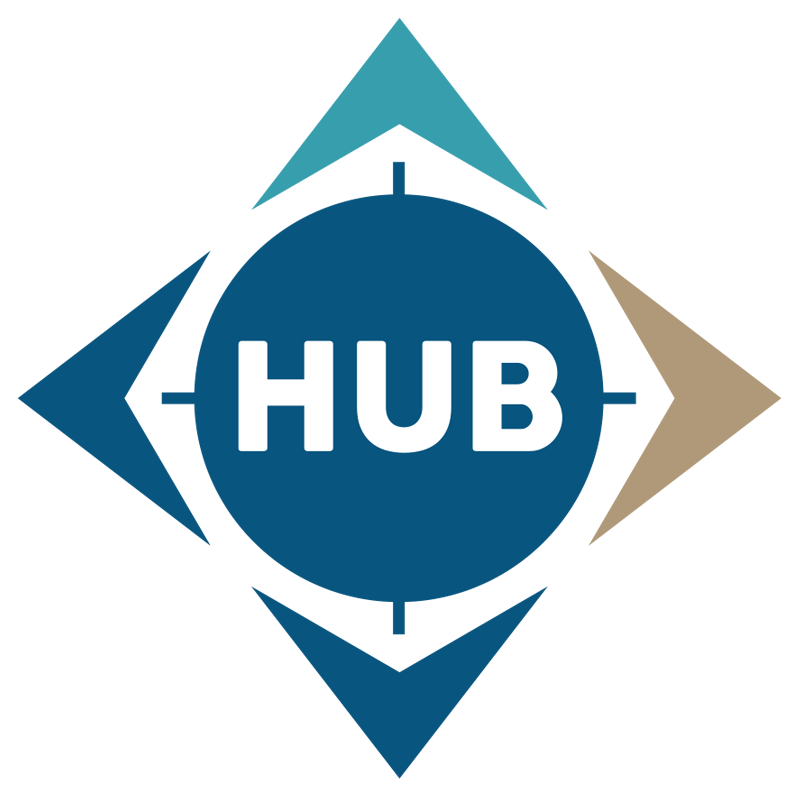Source: Port of Rotterdam
This quarter, work will be started on the basic design of the import terminal. The terminal, that will operate on the Maasvlakte under the name ACE Terminal, will be operational from 2026.
Green hydrogen is seen as an essential element of the future renewable energy mix. Demand for green hydrogen is growing in the energy sector, the transport sector and the petrochemical industry, both in the Netherlands and Germany. An import terminal for green ammonia will make a vital contribution to the import of hydrogen, an essential link in the hydrogen chain, alongside hydrogen production, transport and storage. A reliable logistic chain is essential for developing the market for green hydrogen and for achieving the climate goals for 2030 and 2050.
Ammonia as hydrogen carrier
In addition to the production of green hydrogen in the Netherlands, there will also be demand in Northwestern Europe for the large-scale import of green hydrogen, in order to meet future demand. Green ammonia as a hydrogen carrier will play a vital role. Reacting green hydrogen with nitrogen forms green ammonia, allowing the hydrogen to be efficiently and safely transported in large volumes. The ammonia can then be stored and converted again to green hydrogen. Green ammonia is also immediately usable as CO2-free fuel for example for shipping or as a raw material for example for the production of fertiliser.
Strategic location
At the intended location on Rotterdam’s Maasvlakte, vessels from all over the world can moor to discharge green ammonia, and in the initial phase possibly also blue ammonia. Use can be made of the existing infrastructure and the logistic facilities of the Port of Rotterdam. The site offers space for the development of an installation for converting ammonia into hydrogen. In the future, this installation will be connected to the national hydrogen network of Gasunie, that can serve the future hydrogen market in Northwestern Europe.
Joining forces
On the Maasvlakte, HES operates a strategic location with quayside capacity and direct access from the sea. Gasunie has at this location infrastructure of existing storage tanks and a system of pipelines. Vopak, with six ammonia terminals around the world, has extensive experience in the safe storage of ammonia. By joining forces, an attractive starting point will be established from which within just a few years, the partners will be able to realise the import location for green ammonia in Rotterdam. The eventual investment decision still has to be taken, and will be based among others on customer contracts and the necessary permits, including the EIA procedure.
![]()

































